-
Buffet is back (Biography and Retrospective)
Only a few month after the publication of Nicolas Foulkes´comprehensive and well researched study Bernard Buffet: The Invention of the Modern Mega-artist a retrospective exhibition of this most hated and best forgotten popular artist of the 20th century opens in the French capital, this former lion´s den of canonisation and condemnation. Alongside his favourite subjects […]
-
Gustave Doré in the London Tradition – Reportage III: Third Men
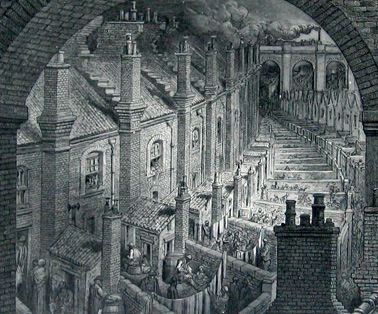
Not translated: 5) Die dritten Männer In Dorés Illustrationswerk wurde die gnostische Befindlichkeit der Entfremdung und Dislokalität erstmals als eine grundlegende Erfahrung des urbanen Lebens ins Bild gesetzt. Und die grafischen Mittel, die er dabei zum Einsatz brachte, waren ungleich komplexer und subtiler als die der Künstler des Expressionismus und Futurismus, die ihm in dieser […]
-
Gustave Doré in the tradition of London – Reportage II: Dreadful Paris

Not translated: 3) Die Scheußlichkeiten von Paris 4) Praetorium 3) Die Scheußlichkeiten von Paris Die Idee, Dantes Pilgerfahrt auf zeitgenössische urbane Verhältnisse umzumünzen, war allerdings so neu nicht. Dorés Londoner Inferno hatte seine Entsprechung in Honoré de Balzacs literarischem Monumentalopus La Comédie humaine, das die Hölle Dantes in Paris lokalisierte. Der französische Dichter stellte […]
-
Gustave Doré in the Tradition of London-Reportage I: Hell Circles of the Metropolis

Not translated: 1) Einleitung 2) Die Hölle London 1) Einleitung An dem Porträt der britischen Metropole London. A Pilgrimage hat Gustav Doré auf Einladung seines Freundes, des englischen Publizisten Blanchard Jerrold, insgesamt fünf Jahre lang gearbeitet von der ersten Projektierung 1867 bis zur Drucklegung, die erst Ende 1872 abgeschlossen war.(1) Auch im angelsächsischen Sprachbereich stand […]
-
John Thomas Smith and the Invention of Investigative Social Reportage IV: Inner Africa
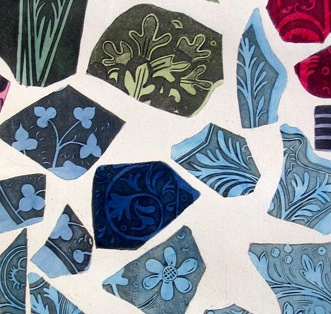
Abriged version. For footnotes please see the more detailed German version. 6) Inner Africa For Smith, the street cries pictures had a decisive advantage in comparison to the costume book. It was a speaking medium associated with the acoustic notion of original sound meant to suggest directness and authenticity. Every vendor was attributed a unique […]
-
John Thomas Smith and the Invention of Investigative Social Reportage II: Republican Palaces
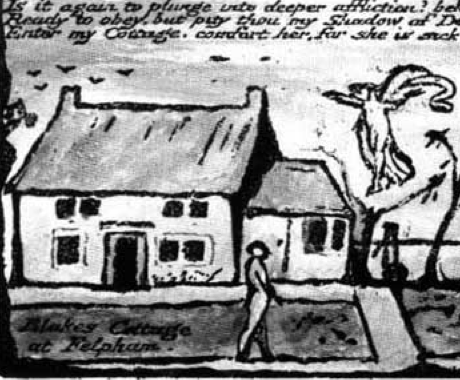
Abriged version. For footnotes please see the more detailed German version. -3) Republican Palaces -4) Digression I: Blake’s Cottage 3) Republican Palaces Remarks on Rural Scenery is Smith’s shortest publication. It consists of a sequence of twenty etchings that were all made “after nature” and depict the most various kinds of rural housings for […]
-
John Thomas Smith and the Invention of Investigative Social Reportage I: Real Views
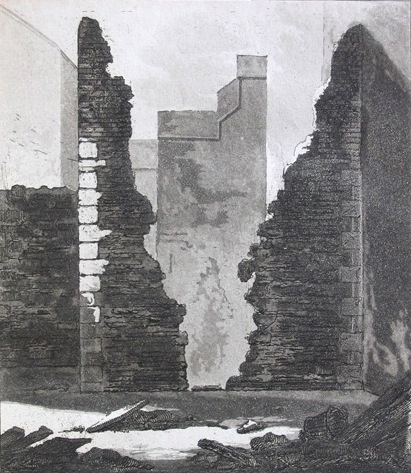
Abriged version. For footnotes please see the more detailed German version. – 1) Introduction – 2) Real views 1) Introduction The beginnings of investigative social reportage are usually sought in the Victorian age, in the 1840s, the founding period of illustrated magazines dedicated to daily politics. But graphic social journalism had already been formulated decades […]
-
Maurice Garnier, the last artist´s gallerist

As a gallerist Maurice Garnier, who has died at the age of 93, was as unique as that artist, whom he has dedicated more than six decades of his long life, Bernard Buffet. He first had met him in 1948 by the mediation of his mentor, the renowned art dealer Emmanuel David. David had signed […]
-
Approaches between Palestine and Rio de Janeiro. Some reflections on comic journalism.
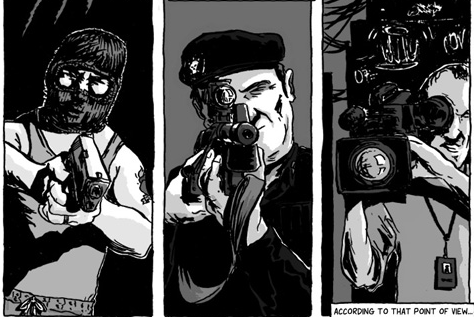
Since I read Joe Sacco’s Palestine Special Edition, and its preface entitled ‘Some reflections on Palestine’, in which the author explains the process of producing the masterpiece of his youth, I started to wonder about the relation between Sacco’s comics and my own work. But there is another circumstance. When Sacco came to Brazil in […]
-
Ein Münchner im Milljöh. “Berliner Bilder” von Karl Arnold
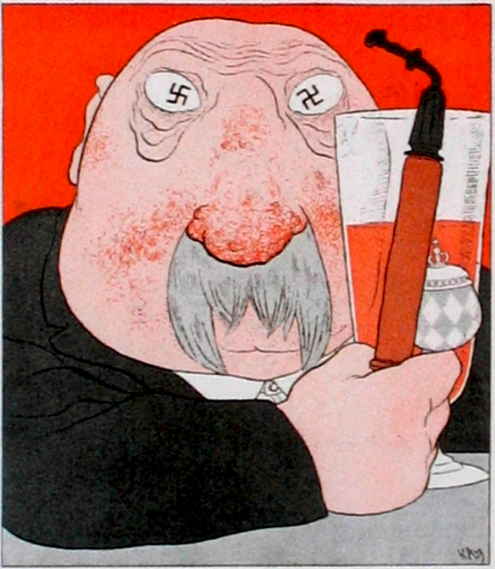
Not translated: Seit 1921 betätigte sich Karl Arnold, einer der Hauptzeichner und Miteigner des Münchner Satiremagazins Simplicissimus, als Chronist des “wilden” Lebens in der preußischen Metropole. Seine Berliner Bilder erschienen in unregelmäßiger Folge und brachten es auf insgesamt 48 Blatt. Mit der Publikation eines gleichnamigen Sammelbandes hatte die Reihe dann 1924 auch ihren Abschluß gefunden. […]